

TVP1
Featured Show:
The Abduction of Balthazar Sponge
The Abduction of Balthazar Sponge (Polish: Porwanie Baltazara Gąbki) is a Polish-language fantasy animated series produced by Studio Filmów Rysunkowych from 1969 to 1970, that was based on 1965 children's book Porwanie Baltazara Gąbki by Stanisław Pagaczewski. The series had 1 season consisting of 13 episodes, each lasting from 6 to 7 minutes. The episodes were directed by Władysław Nehrebecki, Alfred Ledwig, Edward Wątor, Józef Byrdy, Bronisław Zeman, Wacław Wajser, and Stanisław Dülz, while the scrips were written by Zofia Olak and Leszek Mech. The series had a sequel ,Wyprawa profesora Gąbki, that was produced from 1978 to 1980.
TVP1 TV Shows
95 shows • Page 5 of 5
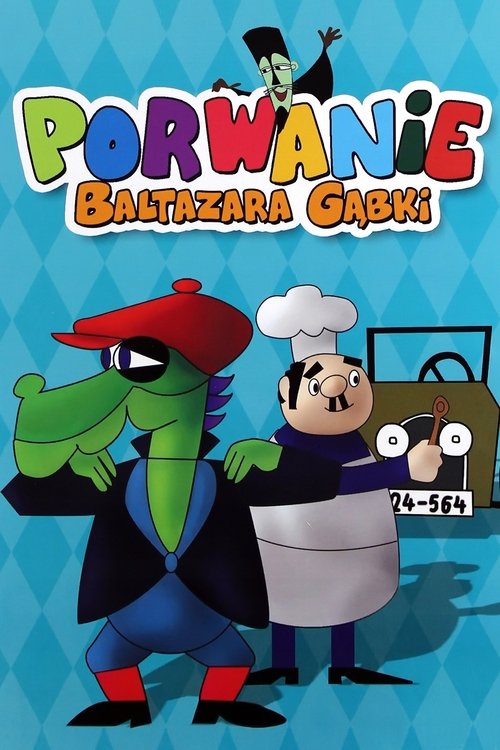
The Abduction of Balthazar Sponge
The Abduction of Balthazar Sponge (Polish: Porwanie Baltazara Gąbki) is a Polish-language fantasy animated series produced by Studio Filmów Rysunkowych from 1969 to 1970, that was based on 1965 children's book Porwanie Baltazara Gąbki by Stanisław Pagaczewski. The series had 1 season consisting of 13 episodes, each lasting from 6 to 7 minutes. The episodes were directed by Władysław Nehrebecki, Alfred Ledwig, Edward Wątor, Józef Byrdy, Bronisław Zeman, Wacław Wajser, and Stanisław Dülz, while the scrips were written by Zofia Olak and Leszek Mech. The series had a sequel ,Wyprawa profesora Gąbki, that was produced from 1978 to 1980.
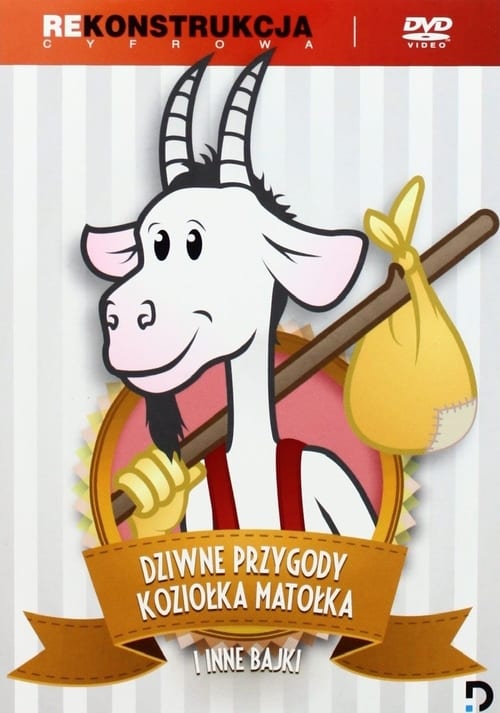
The Adventures of Koziołek Matołek
Polish animated series about the adventures of clumsy goat - Koziołek Matołek on his way to the city of Pacanów.

More Than Life At Stake
A series about the adventures of a Polish secret agent, Hans Kloss, who acts as a double agent in the Abwehr during Second World War in occupied Poland.
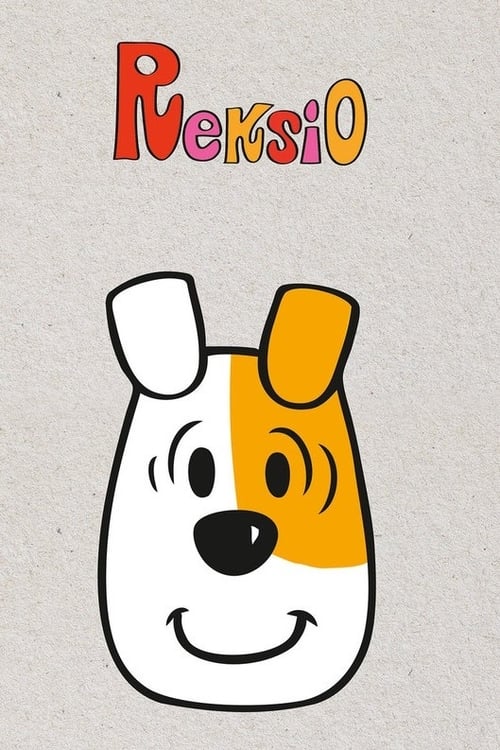
Reksio
Reksio is a Polish cartoon character from the TV animated series by the same title. Reksio was created by a Polish director Lechosław Marszałek. Its 65 episodes were made from 1967 to 1990 in a Cartoon Movies Studio in Bielsko-Biała. All episodes describe adventures of a friendly, piebald terrier dog named Reksio, with his animal friends - hens, cats, other dogs and their owners.
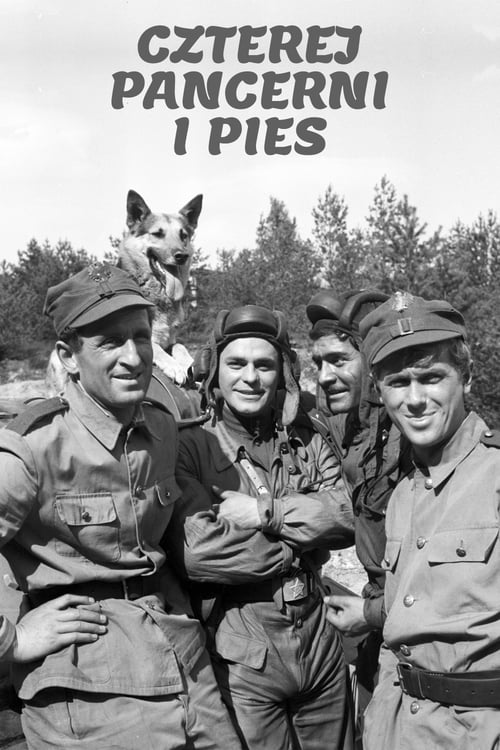
Four Tank-Men and a Dog
Czterej pancerni i pies was a Polish black and white TV series based on the book by Janusz Przymanowski. Made between 1966 and 1970, the series is composed of 21 episodes of 55 minutes each, divided into three seasons. It is set in 1944 and 1945, during World War II, and follows the adventures of a tank crew and their T-34 tank in the 1st Polish Army. Although both the book and the TV series contain elements of pro-Soviet propaganda, they have achieved and retain a cult series status in Poland, Soviet Union and other Eastern Bloc countries. The T-34 tank Rudy with the identifying number "102", a German Shepherd dog from Siberia Szarik and to a lesser extent the crew Jan Kos, Gustaw Jeleń, Grigorij Saakaszwili, Tomasz Czereśniak, and their commander and mentor Olgierd Jarosz, as well as other heroes of the series, have become icons in Polish popular culture.
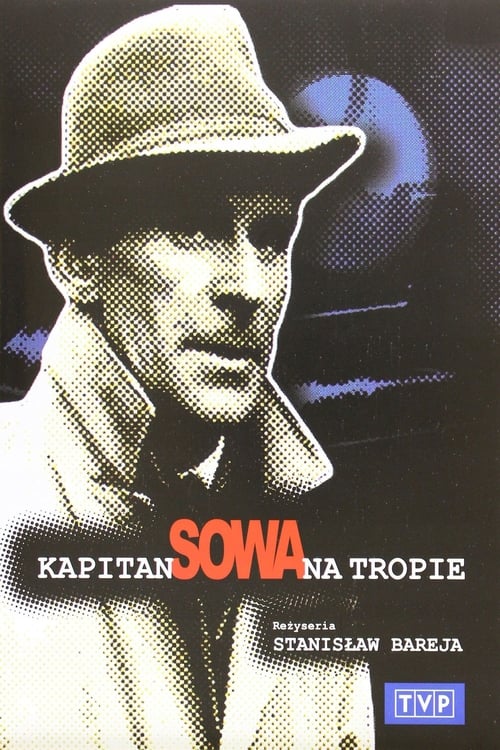
Kapitan Sowa na tropie
Kapitan Sowa na tropie is a Polish series from 1965 directed by Stanisław Bareja. It was the first Polish criminal series made after World War II.
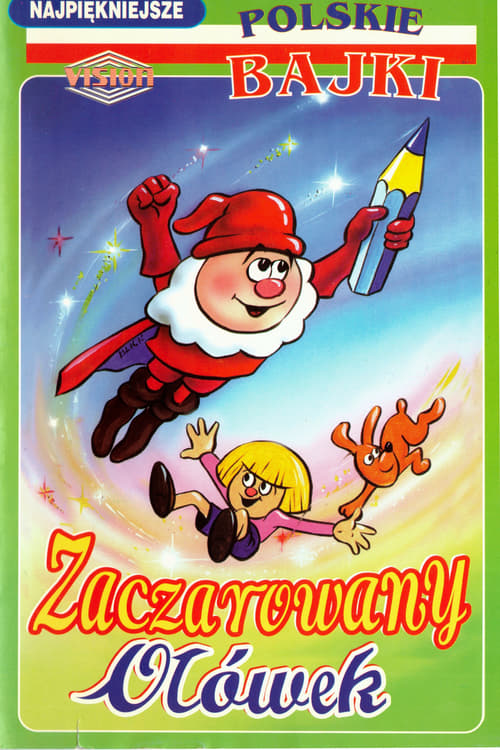
Enchanted Pencil
Tells a story of a boy named Piotr and his dog, aided by an enchanted pencil, which can materialize anything they draw. The 26 episodes have no linking story, but the last few are centered around heroes quest to save a shipwrecked refugee.
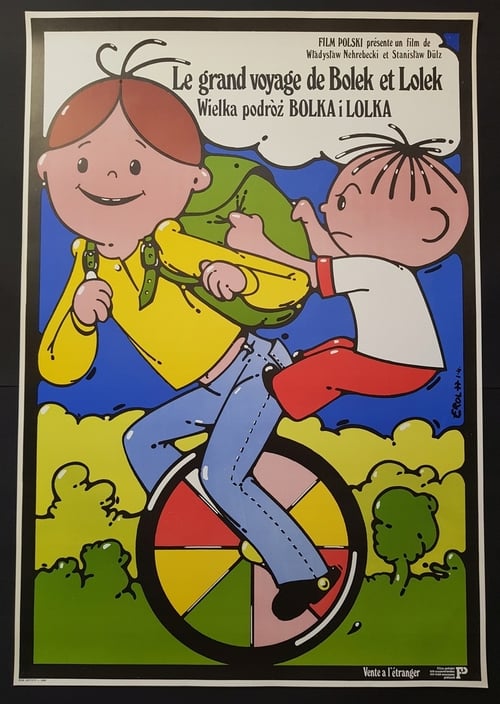
Bolek and Lolek
Bolek and Lolek are two Polish cartoon characters from the TV animated series by the same title. They are based on Władysław Nehrebecki's sons, named Jan and Roman, and were partially created by German-born Alfred Ledwig before being developed by Władysław Nehrebecki and Leszek Lorek. The series is about two young brothers and their fun and sometimes silly adventures which often involve spending a lot of time outdoors. They first appeared in an animated film in 1963. The names of the two characters are diminutives of Bolesław and Karol. In English, the cartoon was distributed as Jym & Jam and Bennie and Lennie. Some episodes were seen as part of Nickelodeon's Pinwheel. In 1973 the creators of the film placed on the request from the female viewing audience a girl character by the name of Tola. The first time she appeared in occurred in the episode entitled "Tola". In total, Tola appeared in 30 episodes. Most episodes do not have dialogues. Exceptions are feature-length films and the series from the 1980s, where the main characters' voices were done by: Bolek – Ewa Złotowska, Ilona Kuśmierska; Lolek – Danuta Mancewicz, Danuta Przesmycka. During the period of the Peoples Republic of Poland, Bolek and Lolek were reproduced in a large quantity of toys: action figures, movies, postcards, online arcades, puzzles, etc., which can be seen in the Museum of Dobranocki of the PRL. They are also currently made in computer programs, coloring books, general picture books and games.
 0
05-10-15
 0
0Ziarno
 0
0Marzenia do spełnienia
 0
0Wiedźmy
 0
0Teleexpress
Teleexpress is the second news program of the TVP, broadcast daily on TVP1 at 17:00 / 5:00PM. Until June 1992, it was broadcast at 17:15 It broadcasts at different hours on TVP1 is the schedule of some sporting events that the channels broadcast interfere with the usual TV schedule.
 0
0Kółko i krzyżyk
Kółko i krzyżyk was probably the first Polish game show, where people could win Belweder TV set. Show's scenarist was Ryszard Serafinowicz, show's host was Bolesław Kielski, the questions were thought up by Juliusz Owidzki, show's vision assistant was Joanna Rostowska, the set decorator of the first series was Jan Laube, and the director of the show was Stanisław Taczanowski. The show was broadcast from 1961 to 1975 on TVP.
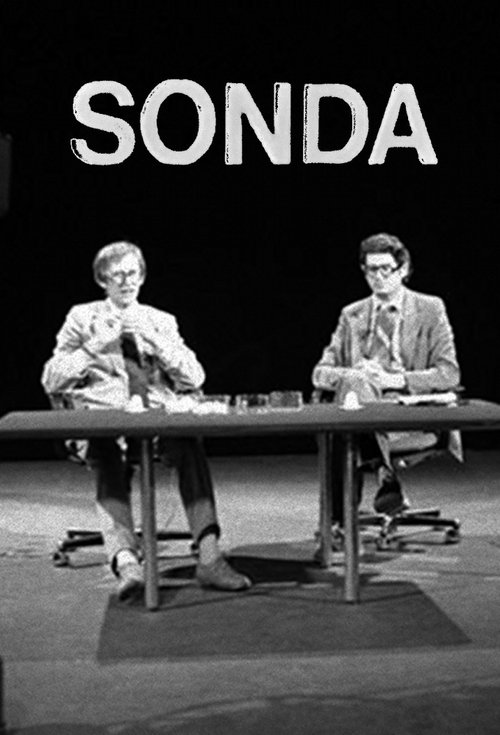
Sonda
Sonda was a Polish television popular science series broadcast between 1977 and 1989. It was presented by Zdzisław Kamiński and Andrzej Kurek. During the period of 12 years of broadcasting, the programme was the most popular and appreciated science TV show in Poland, becoming cult viewing for a generation. The program ended with the death of its hosts in a car accident on September 29, 1989. The programme owes its popularity to its unique formula: In each episode, one particular problem from the field of science or technology was addressed. The show had the form of a “never-ending” discussion between a sceptic and an enthusiast, who carried out hands-on demonstrations and experiments to illustrate their arguments. The discussion contained elements of humour and performance, the hosts were often dressed up in costumes. The show was interspersed with documentary footage presenting a broader view of the issues discussed. A total of 529 episodes were broadcast. Most of the broadcast tapes have been deleted.